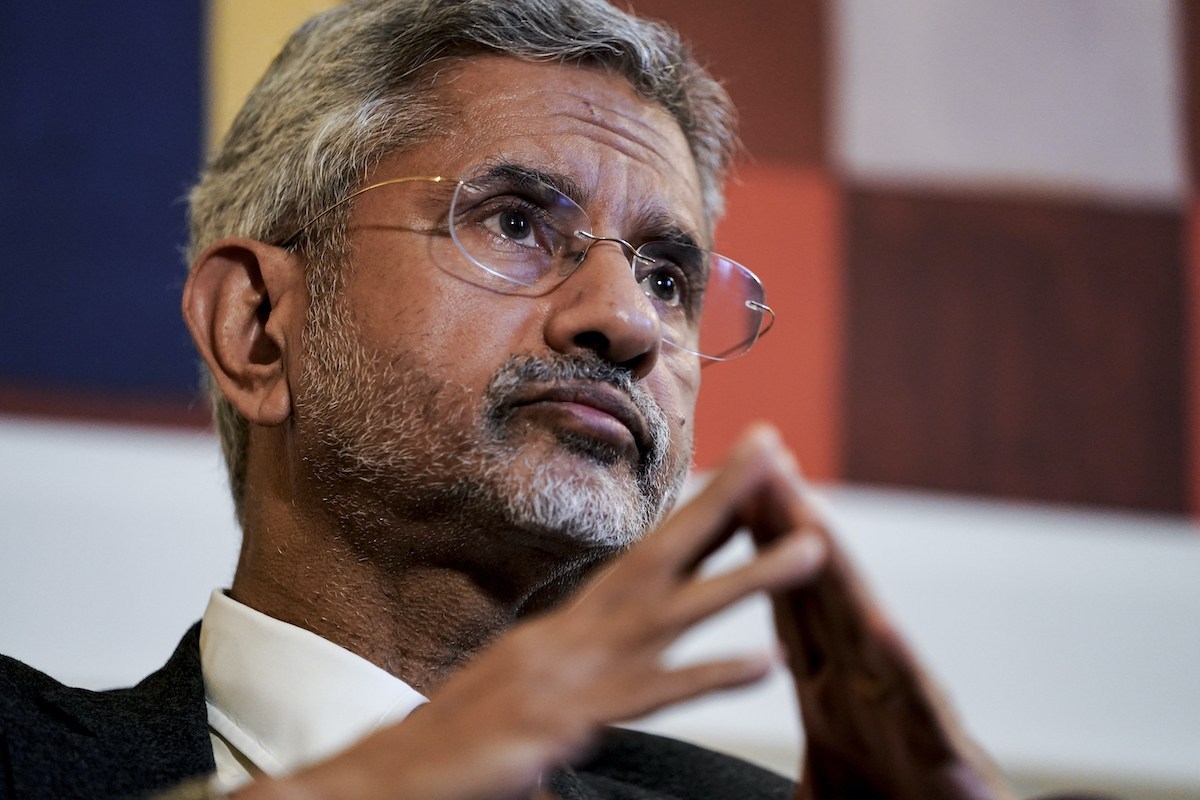[ad_1]
The India-US partnership serves as a crucial pillar in the Indo-Pacific region. On Tuesday, US Secretary of State Antony Blinken had a wide-ranging discussion with Indian External Affairs Minister Subrahmanyam Jaishankar. The two officials reaffirmed their commitment to strengthen and enhance cooperation between the two countries in order to address issues throughout the region.
This exchange comes against the backdrop of the military coup in Myanmar, which the US government still officially refers to as Burma.
Taking to Twitter to announce the developments of the conversation, Blinken highlighted, “Our partnership with India across the Indo-Pacific is critical to addressing challenges we face in the region and globally. @DrSJaishankar and I had a fruitful discussion about ways to strengthen our cooperation to address regional developments, including the situation in Burma.â€
Beyond the coup, the two sides discussed a series of regional issues and how the US-India partnership can be further maximized to safeguard the rules-based order. Moreover, the two officials also looked to bolster the operations of the Quadrilateral Security Dialogue. Â
US State Department spokesman Ned Price described the Quad as a “key example of the US and our closest partners including in this case India pulling together for a free and open Indo-Pacific region.†He added, “We view the Quad as having essential momentum and important potential and that’s why we are going to build on it.â€Â
The discussion between Blinken and Jaishankar also encompassed issues revolving around the Covid-19 pandemic, where India is keen to demonstrate its leadership credentials and its potential to become an important security provider in the region.
Accordingly, India has emerged as a major supplier of Covid-19 vaccines. The government has partnered with the Serum Institute of India (SII), which is the world’s largest vaccine manufacturer by number of doses.
The US-India partnership goes beyond pessimistic perceptions of one-sidedness, where critics see India as a mere pawn to contain China’s rise. It must not be forgotten that India continues to espouse its strategic autonomy.
Moreover, as India continues to grow significantly in both economic and military levels, the US continues to accommodate its rise as a global power and a crucial pole in the international system.
Price reiterated, “India is one of the most important partners in the Indo-Pacific region to us. We welcome India’s emergence as a leading global power and its role as a net security provider in the region.â€
The US-India partnership is founded on shared interests in economics, security, and democratic values. Moreover, both countries are steadfast in preserving and protecting the rules-based international order. The “China factor†may be a pivotal force behind the US-India partnership, but it is not the only defining element.
India’s China policy has always been guided by its national interests, and not simply a vague idea of joining forces to contain a neighbor. China’s rise has served as a major challenge to both India’s and America’s interests; accordingly, the two states have converged in limiting its assertive spillover and preserving the rules-based order.Â
These recent developments have taken place after a successful telephone conversation between US President Joe Biden and Indian Prime Minister Narendra Modi early this month to cement the relations between the two democratic countries. The two leaders agreed to work closely and effectively toward ensuring a truly free and open Indo-Pacific region.
Moreover, both leaders emphasized the need to strengthen and improve a regional framework that involves key partners such as Japan and Australia.
The US-India partnership is multifaceted and incorporates several dimensions in the economic, political, security, and ideological realms. It will be mutually beneficial for the two countries to boost their relations even more amid uncertainty created by China’s rise.
Accordingly, the US must recognize that in Asia, India remains one of the few countries that can stand up to China’s assertiveness and contribute toward the stability of the rules-based Indo-Pacific vision.Â
[ad_2]
Source link











